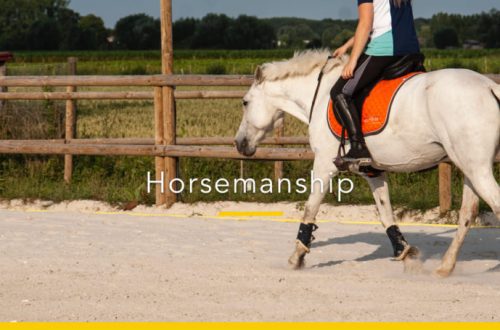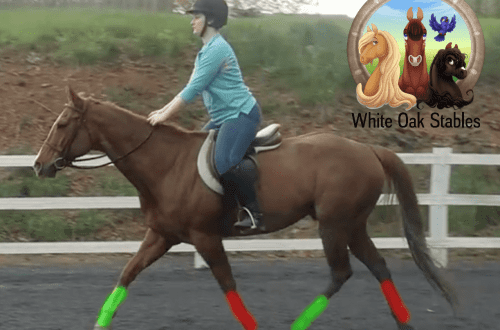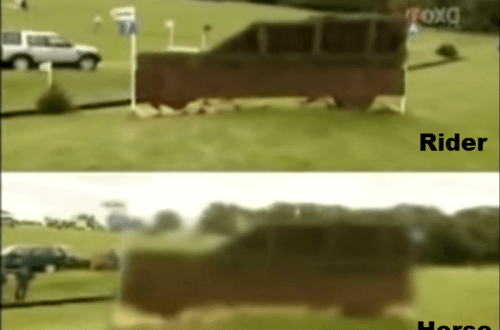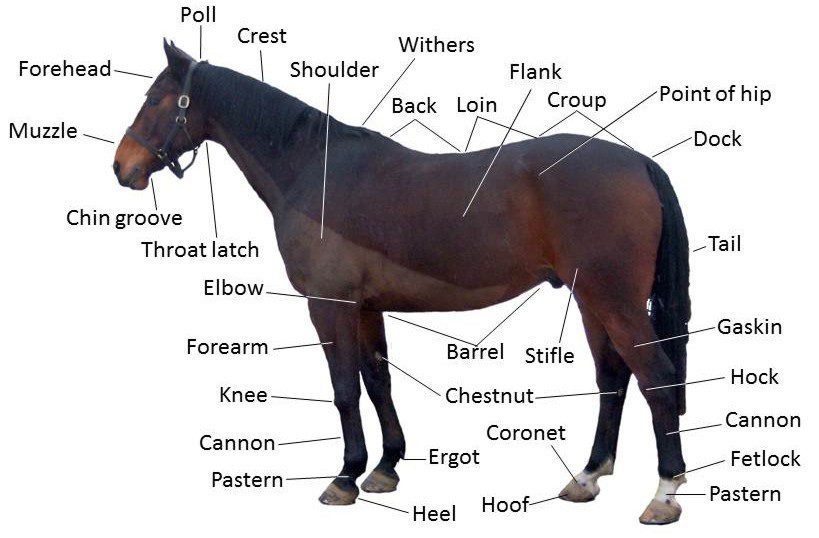
The structure of the horse
Beginners in the equestrian world often get into trouble, not knowing the names of the parts of the horse’s body. But every lover of these animals should know the structural features of the horse. So what are the parts of a horse?
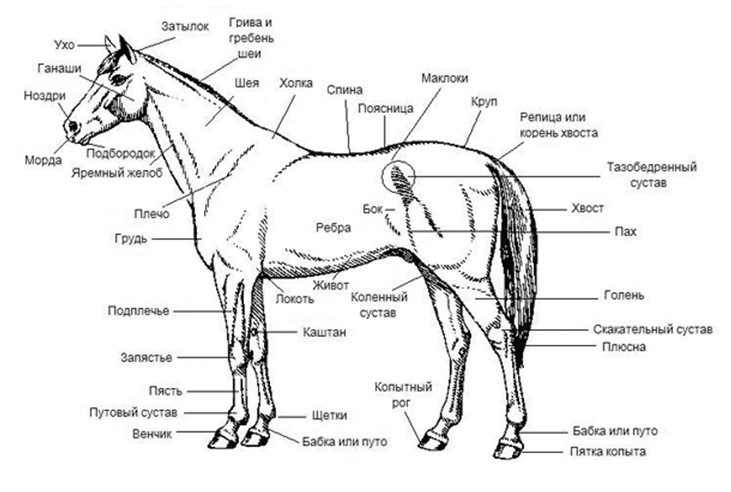
In the photo: the structure of the horse
Contents
The structure of the horse
When considering the structure of a horse, pay attention to the 4 main parts of its body: torso, neck, head and limbs.
The structure of the horse’s head
The head of a horse can tell a lot about this animal. A beautiful head is a proportional, light and dry head of the right size. Ideally, the length of the head is 2/5 of the height of the horse.
The profile of a horse can be straight, hook-nosed or concave, depending on the structure of the skull.
The crown is the most developed part of the horse’s head (located between the ears, the back of the head and the forehead). The crown adorns a strand of hair – bangs. The bangs can be thick or sparse, it falls on the forehead.
The horse’s ears are mobile, move forward and can turn in different directions, depending on where the attention of the animal is directed. Also, the position of the ears is a great indicator of the horse’s mood.
The horse’s eyes are large and mobile. A healthy horse has clear eyes. The eye consists of an eyeball that protects three eyelids. There are eyelashes on the lower and upper eyelids.
Unlike a dog or a human, a horse cannot breathe through its mouth. The horse breathes exclusively through the nostrils. The horse’s nostrils are wide and mobile.
The horse’s lips are covered not only with fine hair, but also with soft hairs, and in addition – with long hairs that perform the function of touch.
The number of teeth in a horse varies from 36 to 40. As a rule, mares have 36 teeth, stallions have 40.
In the horse’s mouth there are gaps – the so-called “toothless edges”.
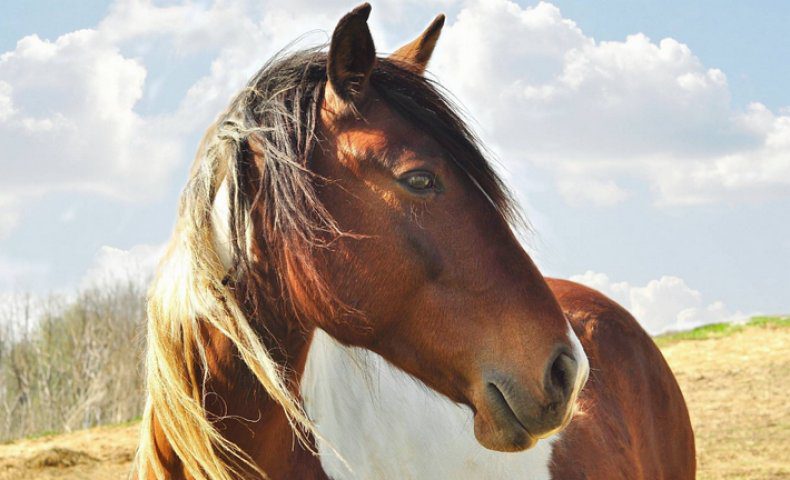
The structure of the horse’s neck
The neck connects the horse’s head and body.
The upper line of the horse’s neck is crowned with a mane – coarse and coarse hair. The mane can be thick and sparse, more or less stiff, straight or wavy.
The structure of the horse’s neck depends on the breed and purpose. Heavy trucks, as a rule, have a powerful, short neck, often crowned with a crest – a thickening in the upper part. Riding horses have more graceful and flexible necks.
The structure of the horse’s body
The diaphragm divides the body of the horse inside into 2 parts: chest and abdominal.
The highest point of the horse’s body is the withers, which connects the neck and torso. The top of the withers determines the height of the horse.
Along the back from the withers to the sacrum there is a back-lumbar line – a kind of bridge between the front and hind legs. In draft horses and draft horses, this line is short and wider, in saddle horses and trotters it is longer. The horse’s back should not be too concave, but a convex back is also not the norm.
The back of the horse’s body is called the croup. Normally, the croup is muscular and sloping. There is (mainly in heavy trucks) croup, divided by a longitudinal recess into two halves.
The girth area is located behind the armpit, between the chest and elbows. It is in this place that the saddle girth is attached.
Behind the girth area is the belly. A beautiful belly is a harmonious continuation of the bulge of the sides and chest. The volume of the abdomen depends on the size of the horse, age and breed.
The chest is the part of the body between the tips of the shoulders, the sternum and the base of the neck. The volume of the chest depends on the breed of the horse and its size.
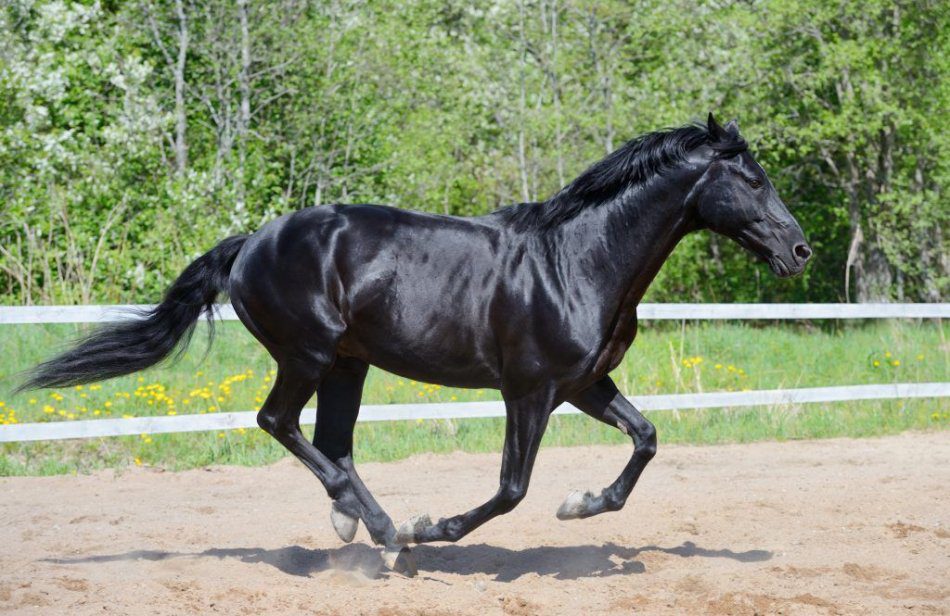
The structure of the limbs of the horse
The limbs provide support and mobility to the horse. The center of gravity is on the front legs. The hind legs create momentum and help maintain balance.
The structure of the forelimb of the horse: shoulder, elbow, forearm, wrist, metacarpus, fetlock, puto (also called “grandmother”), corolla, hoof.
The shoulder of the horse should be sloping, oblong.
The elbow is located between the shoulder and the leg itself, it is usually dry and protruding.
The forearm is the part between the elbow and the wrist.
What beginners often refer to as the “knee” of a horse is the wrist. When the horse does the “bow” trick, it goes down on the wrists. In the area of uXNUMXbuXNUMXbthe wrist on the inside of the horse’s leg, there are often so-called “chestnuts”.
The part of the leg from the wrist to the fetlock is the metacarpus.
The fetlock is a part of the horse’s body that is at an angle; on the back of the fetlock there is a callous formation (“horn”) that is covered with hair (“brushes”). Brushes can vary in thickness and length depending on the breed of horse. As a rule, heavy-duty brushes are thick, while riding breeds are not so pronounced.
The puto is located between the rim and the puto joint. It’s a kind of shock absorber.
A corolla is a protrusion at the transition from put to hoof.
The structure of the hind limb of the horse: thigh, knee joint, lower leg, hock joint, metatarsus, puto (grandmother), fetlock joint, corolla and hoof.
The hip plays a significant role in propulsion of the horse’s hind limbs. It is the hip that gives strength for momentum. The horse’s thigh is muscular, broad and thick.
The lower leg is the area between the horse’s thigh and the hock joint. The shin of the horse is wide and powerful.
One of the most important parts of the horse’s body is the hock joint, a kind of articulation. The hock joint of the horse is thick, wide and dry. The Achilles tendon is attached to the back of the hock joint.
The hock joint passes into the metatarsus, and that into the fetlock, puto, corolla and hoof.
An extremely important part of the horse’s structure is the hoof. There is a saying that “without a hoof there is no horse”, and this is true. The hoof takes the weight of the horse, reflects all the blows when moving.
The hoof is covered with a hoofed horn. When the horse’s hoof is on the ground, we can see the wall of the hoof. If you raise the horse’s leg, you can see the sole of the hoof and the frog.
The shape and quality of the hoof depends on the breed of the horse, the work it does, feeding, and the environment. The correct hoof is quite strong, has a dense and hard horn. Hoof care is one of the most important parts of horse care.
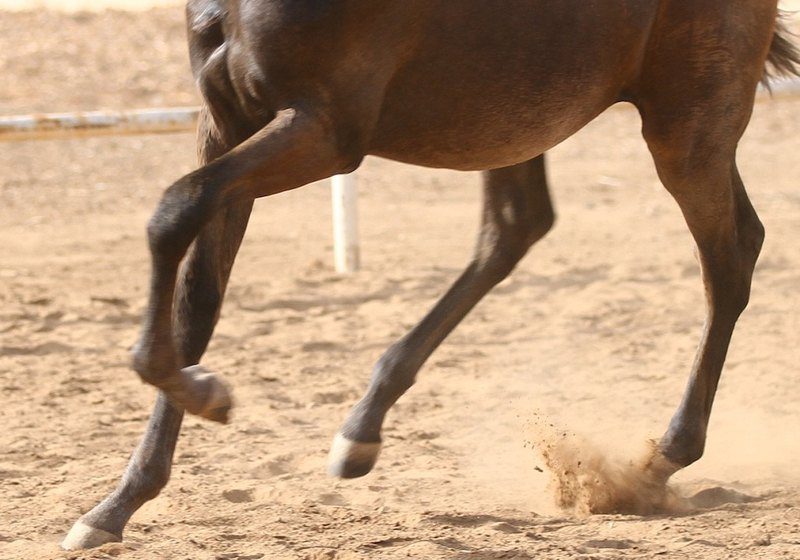 In the photo: horse legs
In the photo: horse legs



